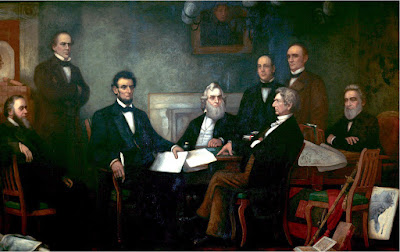 |
| Remembering Martha Christensen. |
In 1982, when I started as a grad student in botany at the University of Wyoming, my familiarity with fungi was limited. I knew of only two kinds: mushrooms and yucky crud (like athlete’s foot). But that’s not why I took Mycology. Few botany courses were offered that would fulfill my grad requirements, so when someone told me Mycology was “a really good class,” I signed up. It was a great choice, one that has benefitted me for 35 years.
By the time the semester ended, we had been immersed in the mind-boggling taxonomy of fungi, and exposed to the many critical roles fungi play in plant growth and ecosystem health. We experienced economic mycology: bread, beer (beer in class didn’t raise eyebrows then), cheese, tempeh and more. Especially intriguing to me was the discovery that soil microfungi in Wyoming basins include tundra species! These are Pleistocene periglacial relics, from times not so long ago (circa 10,000 years) when today’s short-grass prairies were permafrost and tundra.
But the best part of Mycology was the instructor, Dr. Martha Christensen. On the first day of class, we were taken in by her passion for the subject and her sense of humor. It was a semester filled with new knowledge, camaraderie, and lots of fun. I went on to take Martha’s Algae and Bryophytes, and was her teaching assistant for Man, Agriculture and Civilization, a non-majors course. I don't remember exactly what was taught in that course, but I’ve thought of it many times in the 30+ years since, because of one very useful piece of advice. We were frantically preparing for lab while the clock raced towards 1:10, when Martha noted with a smile: “This is just like fixing dinner for lots of guests: get as much done as you can, then quit worrying and enjoy it!”
The next year, when my advisor announced he wouldn't be available for my defense and seminar, Martha agreed to serve as committee chair. I’m not sure why I was so lucky, probably just timing, but it felt like Fortune had kindly intervened.
Those grad student days were the start of a long enjoyable friendship. But then last week Martha shocked everyone by passing away. She was 85, but still so full of enthusiasm and energy, and so busy with life, that death was unimaginable. The days since have been a time of reminiscing and sharing stories.
Martha played the viola, as do I. I love her story—told with her characteristic hearty chuckle—about how being a violist helped her land a professorship in the Botany Department. She was sure she was hired partly because several faculty members and their wives were fans of classical music and supporters of the University symphony orchestra—which was in desperate need of a good violist. Martha found herself sitting first chair (in a section of three!) and would play with the UWSO for thirty years. Though she loved classical music, and was especially fond of opera, she was no snob. Martha also played the saw!—entertaining us at departmental Christmas parties.
There was another side to Martha that we appreciated very much … and still do. She was a major advocate for public lands conservation in Wyoming, contributing both time and financial support. This is a tough place to be a conservationist; it’s easy to get burned out. But Martha persisted. That she loved nature and the out-of-doors was always clear. In retirement, she took great pleasure in visiting natural areas in the US and other parts of the world, always exploring, always learning. I looked forward to hearing of her latest adventures in our annual Christmas correspondence, for her contagious enthusiasm never disappeared!
 |
| Martha was one of the conservationists profiled in Ahead of their Time; Wyoming Voices for Wilderness. |
A memorial service for Dr. Martha Christensen will be held on Saturday afternoon, April 1, 2017, at the Heritage Congregational Church, 3102 Prairie Road in Madison, Wisconsin. Family members will greet her friends at 1:00. A service of remembrance will begin at 2:00.
In September (date to be set), Martha's many colleagues, students and friends will gather in Laramie to celebrate her life. More information will be provided on the University of Wyoming Botany Department website.





































